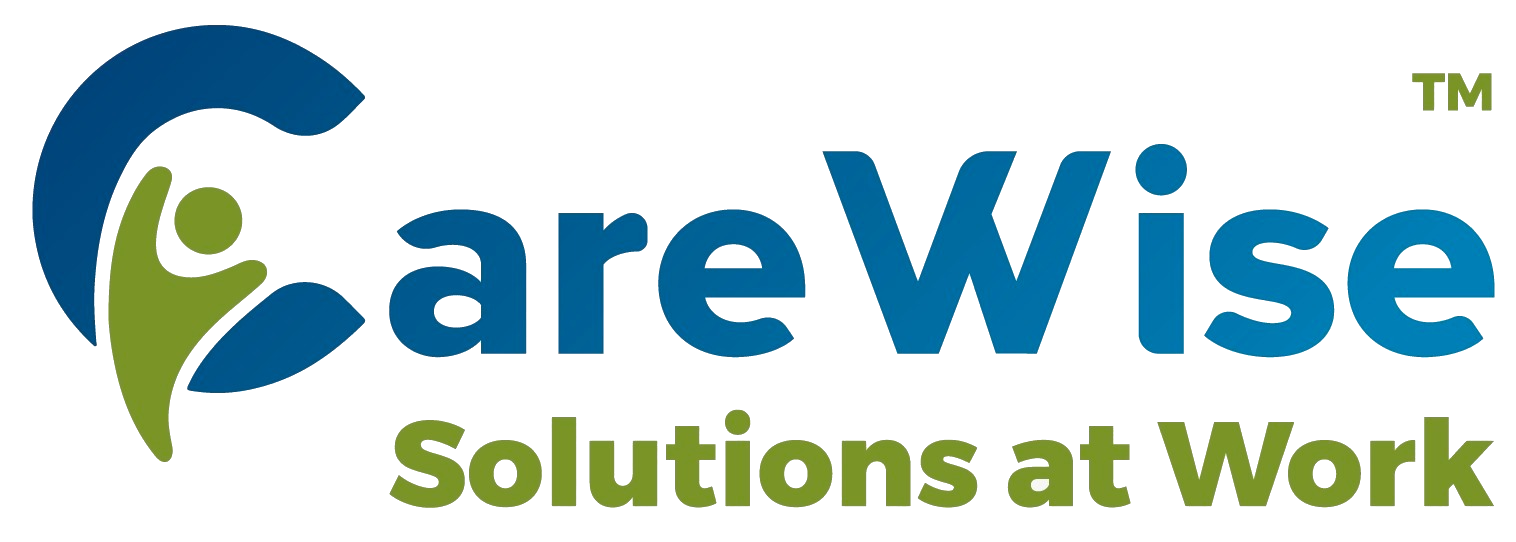-
- Reduce the Financial and Human Costs of Caregiving
- Protect Employees from Forced Care-Related Job Exits
- Use Technology to Simplify Caregiving
- Help Employees Keep their Skills and Careers
- Reinforce a High-Performance Culture that Cares
Announcing
How to Expand your EAP and Benefits Program to Reduce Work and Caregiving Conflicts
A FREE Webinar on Tuesday, December 21, at 4pm ET
As year-end approaches, many HR and EAP professionals are looking toward 2022 wondering how to manage the “Great Resignation”, ongoing mental health issues, and absenteeism.
While making an impact for the 40% of employees with care challenges won’t solve every problem in your organization, it can make a difference for many.
To help companies like yours, the presentation offers some options for solutions you can implement immediately.
Register NowSUPPORT EMPLOYEES EXHAUSTED BY CAREGIVING DEMANDS
Provide Care Management Solutions
Attention employees and employers
Ten thousand Baby Boomers have their 65th birthday everyday, so most Americans, at some point, will play the caregivers role.
80% OF CAREGIVERS WORK

CareWise Solutions
THE EMPLOYMENT EXPERTS


Who do you know who is a caregiver for someone aging or who has disabilities?
You are not alone if more than one family or friend comes to mind.
Across the country, organizations recognize individual’s discomfort of doing a paid and unpaid care job. Over 40% of employees carry this burden, costing employers an estimated 5% of annual revenue.
The burden is on business owners to mobilize the operating environment, protecting their shrinking workforce polices while providing support for employees’ caring roles.
But employer solutions are hard to find.
Employee-caregivers have major issues as they are torn between their responsibilities at work and caring for aging family members.
- Burnout
- Reduced Productivity
- Absenteeism
- Career growth delays
- Extra care related medical expenses
- Spillover impact on team outcomes
- Presenteeism
- Critical skill losses
- 5 ½ Years of variable care – job interruptions
- Talent attraction and retention losses
- Succession derailed

What People Say About Us
As a manager, I recently realized some of the people I work with are caregivers, too. Some struggle more than others, so when our HR department set up the CareWise employee survey and workshops we were interested to see what difference it could make. I’m pleased to say that we have implemented some of the CareWise Solutions and have a plan in place. Well worth the time.
We’re a family owned business. The Family Council told the board we must do something to properly support the caregivers we have on staff. In searching for alternative benefits, I came across CareWise on LinkedIn. I like that their focus is the business being profitable, and not telling people to mediate and take a bubble bath! We have implemented some new strategies that support our staff, and are first on the list for the new app.
Before my dad passed, I took a 12 week leave to help the family. Now that my mom is sick, I wish I had the flexibility to do that again. My kids and I need the money from my job so there is no way I can go for 3 months without pay. I’ve read the blogs about remembering to take care of yourself and all that crap. True enough, sure, but what I needed to know was how to keep working and not lose it. Many thanks to my company for putting on the CareWise series of seminars. My mom and kids thank you, too.
I just want to say that I truly appreciate the important work Jeannette and CareWise Solutions are doing. From both personal experience, and seeing the experiences of other caregivers trying to juggle a career at the same time, I sincerely understand the challenges people face. Thank you tremendously for your efforts.
Begin with a 45-minute Employee Orientation
The 45-minute online, self-paced Employee Orientation is recommended for everyone at all levels of the organization.
The orientation helps clarify the workforce issues, as more than half of the team has aging or disability family caregiving responsibilities.
Participants examine how the care crisis impacts their organization, colleagues, and themselves.
EMPLOYEE ORIENTATION – SELF-PACED ONLINE
Book a 30-Minute Introductory Conversation About Your Team
Employee Caregivers discover how to live, work and care more naturally.
The time, productivity, and profits can be recaptured.
The time, productivity, and profits can be recaptured. American organisations now recognise how difficult it is to manage the caregiving employee issue alone. A recent Harvard University Report explains the corporate crisis due to employee-caregiving expectations. But solutions are hard to find.



Thank you for joining us at CareWise Solutions! How may I help you?
I am a decision-maker for in-home and community-based caregiving services.
I am a working family caregiver.
I am responsible for healthcare-to-home transitions.
I manage a professional care workforce in a skilled care facility or healthcare organization.
My organization needs help to resolve the work/caregiving crisis.
My responsibility is to purchase employee benefit packages.







